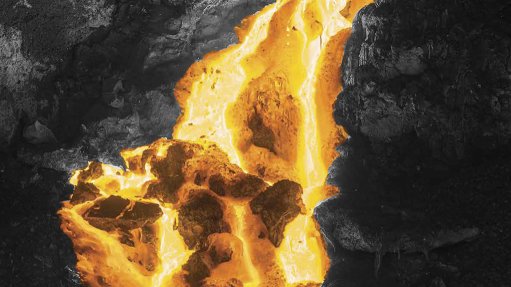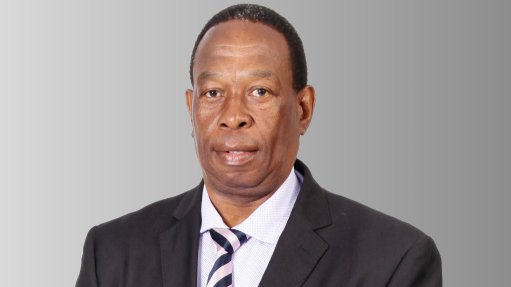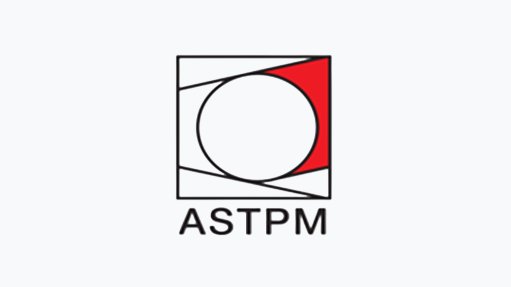Tailored equipment advances mine safety in Africa

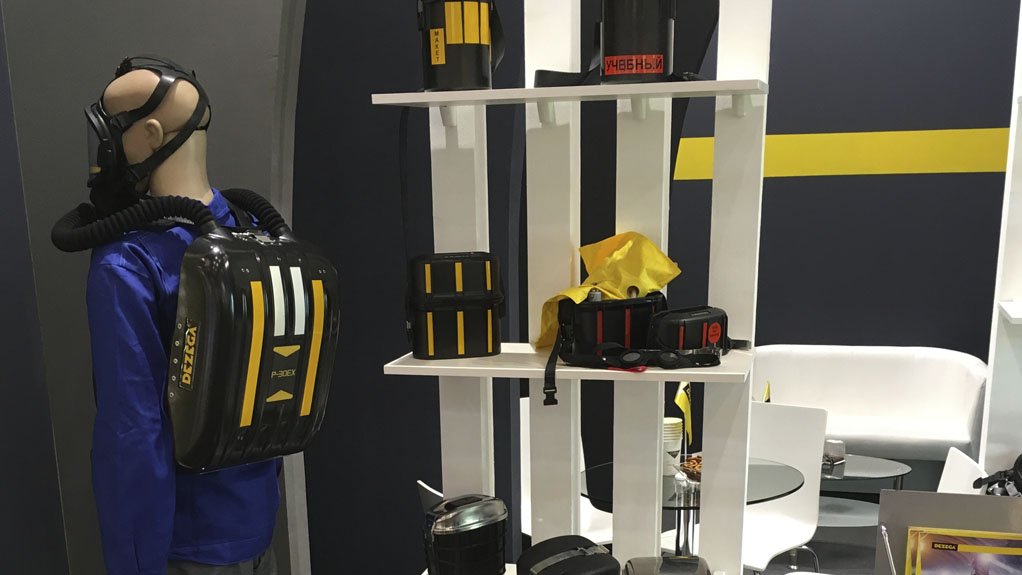
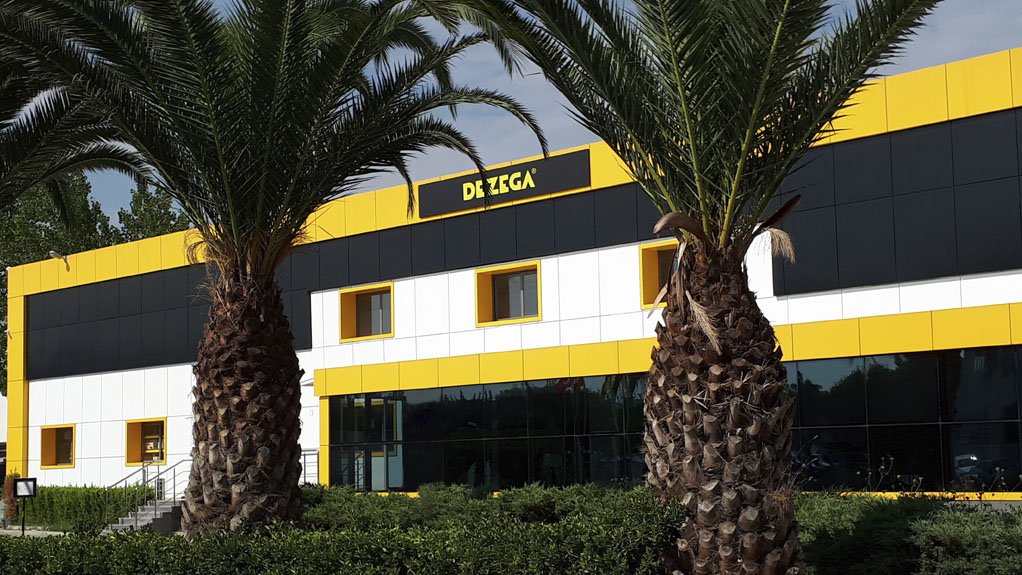
MODIFIED FOR MARKET Dezega is confident that demand in Africa for its SCSR products – which have undergone some key improvements over the past year – will continue to grow
MODIFIED FOR MARKET Dezega is confident that demand in Africa for its SCSR products – which have undergone some key improvements over the past year – will continue to grow
With a growing global health and safety culture developing, large mining companies are driving new safety standards in African mines, creating opportunities for mine safety equipment producer Dezega to extend the reach of its fit-for-purpose, self-contained self-rescue (SCSR) equipment on the continent.
Dezega business development director Yuriy Spivak tells Mining Weekly that, while strict safety policies are in place in South Africa to protect employees in underground coal and metal mines, the situation is significantly different in most other African countries, where policies are often inadequate and, consequently, a source of ongoing contention for labour unions and international organisations.
“However, as large international mining corporations bring their own safety standards when they establish new operations in Africa, they have great potential for driving legislation improvements in the countries where they operate,” says Spivak.
He adds that some countries still use filter respiratory protective equipment (RPE), which only neutralises certain gases and does not provide sufficient protection in environments where there is less than 17% oxygen, such as in the case of an underground fire.
With this in mind, Dezega is confident that demand in Africa for its SCSR products – which have undergone some key improvements over the past year – will continue on an upward trajectory. These portable oxygen devices provide breathable air for mineworkers in emergency situations where there is insufficient oxygen or where the environment has become contaminated with toxic gases such as carbon monoxide.
“The major opportunity for us in African countries is, thus, assisting in improving mineworker safety through the implementation of best world practices in respiratory protection. In some African countries, mineworkers still do not carry any SCSR devices and are at great risk. If governments, together with labour unions, make SCSR compulsory for every mineworker, it will save hundreds of lives and . . . present a good opportunity for us to expand our supply into Africa.”
Headquartered in Kiev, Ukraine, Dezega’s products have been manufactured in Ukraine over the past sixty years. As part of its expansion strategy, the company in September opened a new manufacturing plant in the Aegean Free Economic Zone in Izmir, Turkey, enabling Dezega to better serve its existing customers in the region while targeting new markets. Its respiratory protective equipment is distributed to mines in more than 40 countries, including South Africa, Uganda, Sierra Leone, Zimbabwe, the Democratic Republic of Congo, Ghana and Botswana.
Dezega’s products were initially introduced in South Africa in 2007 and, over three years of development, were modified to ideally suit African mining environments and launched under the Roxy sub-brand in 2010.
Spivak highlights that the most important aspect – and also the biggest challenge – when entering new markets is ensuring that products are certified according to local standards. For Dezega’s equipment, the most important parameters are the respiratory characteristics of the self-rescuers and their mechanical stability.
When the company introduced its products locally, they complied with the European RPE standard, which focuses predominantly on the respiratory parameters of the equipment. However, the company soon realised that these were misaligned with the South African Bureau of Standards (SABS) requirements, which are milder regarding respiratory function, but more rigid in terms of mechanical stability, owing to the highly abrasive surfaces in African metal mines, he explains.
Another issue was anthropometrics. Spivak points out that some joints and parts, such as the mouthpiece and nose clip of a self-rescuer, must fit very tightly onto the face to provide protection. This was an aspect of the product that had to be modified to fit the different face metrics of African workers.
“Our local partner, South African mine safety systems provider Schauenburg Systems, guided us through this process, leveraging its experience in the market to help us develop a product ideally suited to the requirements of African mines.”
Respiratory Protection for Africa
Dezega’s Roxy line of SCSRs provide protection in accidents because of high-density smoke from fires, a high concentration of toxic gases or a coal dust explosion.
Moreover, Dezega this year developed the Roxy 30 – an ergonomic compact escape device with a metal case and a 30-minute nominal rated duration. The self-rescuer will be SABS-approved and available on the market in 2018.
Spivak highlights that this new design is the smallest and lightest self-rescuer on the market and offers a metal case that can withstand severe abrasive surfaces in metal mines. Its ergonomic shape makes it easy to carry for male and female users and it is uncased, allowing for swift application.
Further, the Roxy 40.R – also expected to be available from next year – offers a significant upgrade to the Roxy-40, which is well known in African mines. The unit has a new enforced casing, made from metal and plastic, and a 40-minute running time – the longest available on the market.
Dezega has also developed a unique training version of Roxy 40.R, providing users with an opportunity to learn how to operate the SCSR by practising the donning procedure, experiencing the breathing conditions it facilitates and learning to determine escape routes while wearing the device.
Spivak highlights that the training version reproduces the particularities of donning and breathing in Dezega Roxy 40 and Roxy 40.R SCSRs, providing a realistic experience of the humidity, temperature and breathing resistance that would be encountered in a mine. “People’s behaviour in an emergency is difficult to predict and human instincts are sometimes self-defeating. The best way to boost the chances for survival is training to don and breathe in a self-rescuer to develop learned behaviour.”
Dezega, moreover, showcased the prototype of its new generation of closed-circuit self-contained breathing apparatus at the International Mines Rescue Body Conference, which took place in Russia in September. The new breathing apparatus incorporates the latest advances in technology and was developed in cooperation with leading mine rescue teams. The device is being tested and is expected to be available globally from next year.
Article Enquiry
Email Article
Save Article
Feedback
To advertise email advertising@creamermedia.co.za or click here
Comments
Press Office
Announcements
What's On
Subscribe to improve your user experience...
Option 1 (equivalent of R125 a month):
Receive a weekly copy of Creamer Media's Engineering News & Mining Weekly magazine
(print copy for those in South Africa and e-magazine for those outside of South Africa)
Receive daily email newsletters
Access to full search results
Access archive of magazine back copies
Access to Projects in Progress
Access to ONE Research Report of your choice in PDF format
Option 2 (equivalent of R375 a month):
All benefits from Option 1
PLUS
Access to Creamer Media's Research Channel Africa for ALL Research Reports, in PDF format, on various industrial and mining sectors
including Electricity; Water; Energy Transition; Hydrogen; Roads, Rail and Ports; Coal; Gold; Platinum; Battery Metals; etc.
Already a subscriber?
Forgotten your password?
Receive weekly copy of Creamer Media's Engineering News & Mining Weekly magazine (print copy for those in South Africa and e-magazine for those outside of South Africa)
➕
Recieve daily email newsletters
➕
Access to full search results
➕
Access archive of magazine back copies
➕
Access to Projects in Progress
➕
Access to ONE Research Report of your choice in PDF format
RESEARCH CHANNEL AFRICA
R4500 (equivalent of R375 a month)
SUBSCRIBEAll benefits from Option 1
➕
Access to Creamer Media's Research Channel Africa for ALL Research Reports on various industrial and mining sectors, in PDF format, including on:
Electricity
➕
Water
➕
Energy Transition
➕
Hydrogen
➕
Roads, Rail and Ports
➕
Coal
➕
Gold
➕
Platinum
➕
Battery Metals
➕
etc.
Receive all benefits from Option 1 or Option 2 delivered to numerous people at your company
➕
Multiple User names and Passwords for simultaneous log-ins
➕
Intranet integration access to all in your organisation










